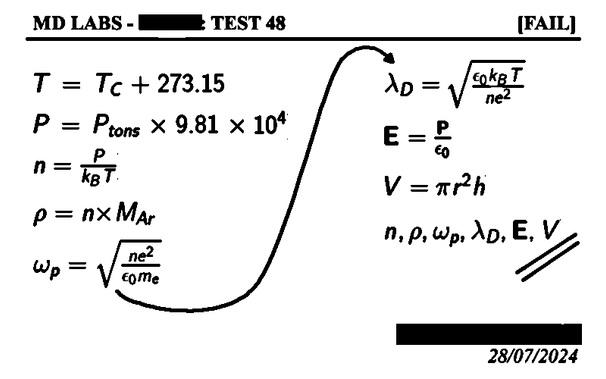Amusing Experiments (after Martin Gardner) by Martin Gardner; M. Stoliar ; L. Fomin
SCIENCE READER FOR THE EIGHTH FORM OF SECONDARY SCHOOL
In this book you will find descriptions of amusing experiments which are based upon well-known scientific facts. You can easily carry out these experiments yourselves, and you will not need any special equipment. But if you wish to show the experiments to your friends, we advise you to practise them a few times before you demonstrate.
The experiments are not only amusing: after you have carried out each experiment and read the explanation, you will learn something interesting and important in such fields of science as mathematics, physics, chemistry, biology, astronomy and psychology.
The book will help you to learn a number of new English words which are connected with science. When you have learned them, it will be much easier for you to read scientific literature in English in the senior forms. At the end of the book you will find the vocabulary of the words which you may not know. Some of the terms are given in the footnotes. We hope that you will find the book interesting and easy to read, and that it will help you to become science-minded people.
You can get the book here and here.
Twitter: @MirTitles
Mastodon: @mirtitles@mastodon.world
Mastodon: @mirtitles@mastodon.social
Bluesky: mirtitles.bsky.social
CONTENTS
ASTRONOMY
Prove That the Sum of All the Angles of a Triangle Is 180°
You Can Push a Coin Through a Smaller Hole
How Long Is the Diagonal of a Square?
Short Bridges
The Pythagorean Theorem
How Many Matches Are There in Your Hand?
A Trick with Dice
The Wonderful Window
Quick Addition
An Interesting Way to Multiply Numbers
Strange Mathematics
Magic in Mathematics
PSYCHOLOGY
Hot or Cold?
“Moscow in the Spring”
It Is Easy to Remember Some Facts
PHYSICS
Watermarks
Spectrum on the Ceiling
A Device to Copy Pictures
An Experiment with a Box of Matches
The Forks Will Not Fall Down
How to Break a Strong Rope
A Lemonade-straw Can Go Through a Potato
Egg in the Bottle
A Three-kopek Coin Can Dance
The Magdeburg Glasses
Bernoulli’s Principle
Two Interesting Ways to Blow Out a Candle
An Experiment with a Table-tennis Ball
Cold Water Can Boil
The Button Which Does What You Tell It
An Automatic Siphon
You Can Get the Water out of the Glass
The Water Is in the Lower Glass
Pascal’s Law
Put the Cork in the Centre
An Experiment with a Cardboard Arrow
How You Can Demonstrate Inertia
The Egg and Friction
There Is No Magic
OPTICAL ILLUSIONS
A Funny Finger
Circles on the Card
A Missing Piece of Cake
An Optical Illusion with a Match
Moon Illusion
An Illusion with a Three-kopek Coin
You Can See Through Your Hand
The Third Coin
A Strange Spiral
Paper Films
A Turning Device
An Illusion with a Pencil
A Pendulum Which Moves in a Circle
The Stamp Which Disappears
The Two Sides of Your Face Are Different
You Haven’t Seen the Real Image of Your Face in the Mirror
Colour That Isn’t There
You Can Read a Secret Letter from Your Friend
You Can Make a Stroboscope
EXPERIMENTS WITH SOUND
A Musical Fork
Music from a Coat-hanger
A Musical Glass of Water
VOCABULARY
#childrenSScience #handsOnScience #popularScience #scienceExperiments #sovietLiterature

